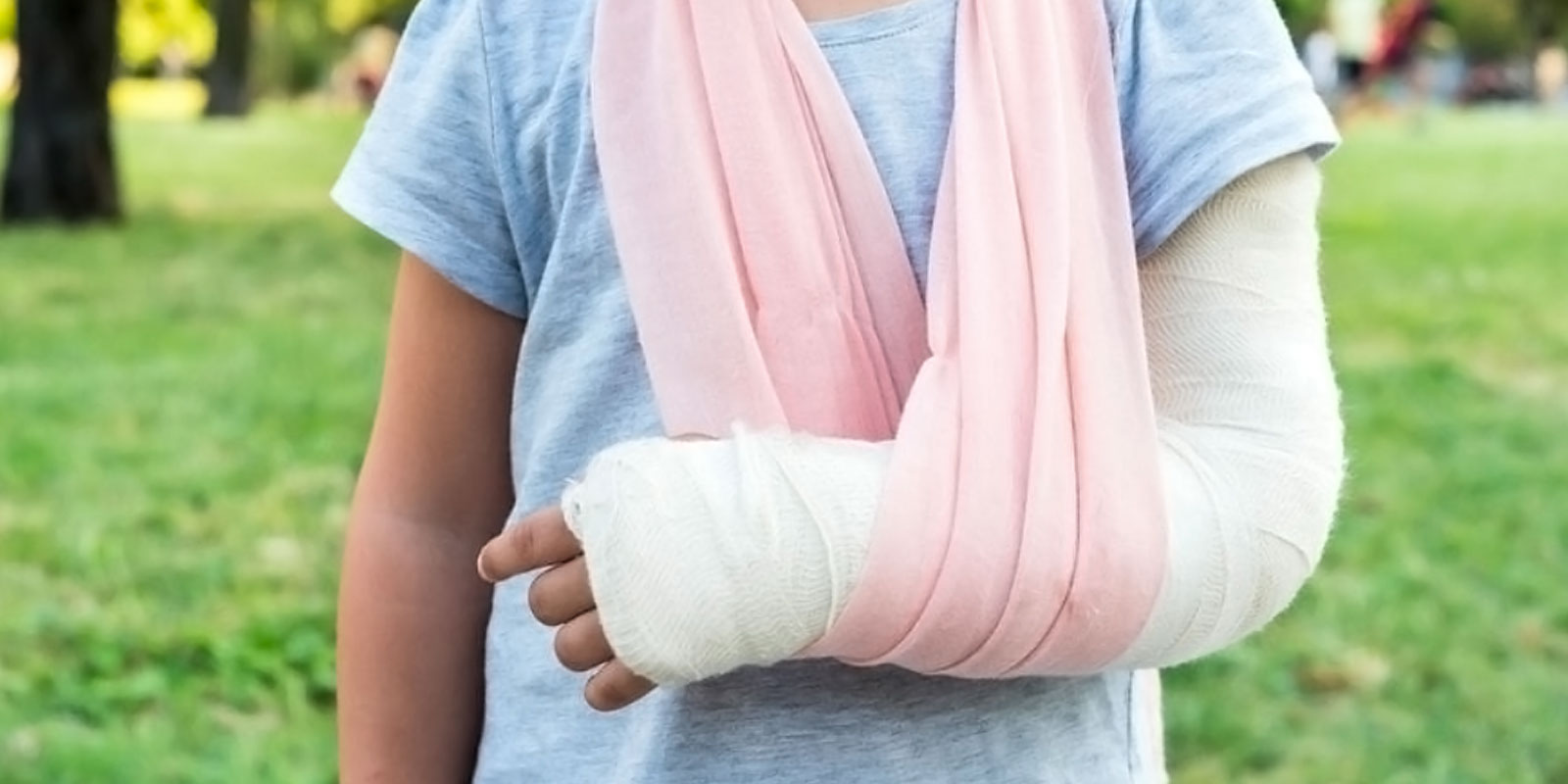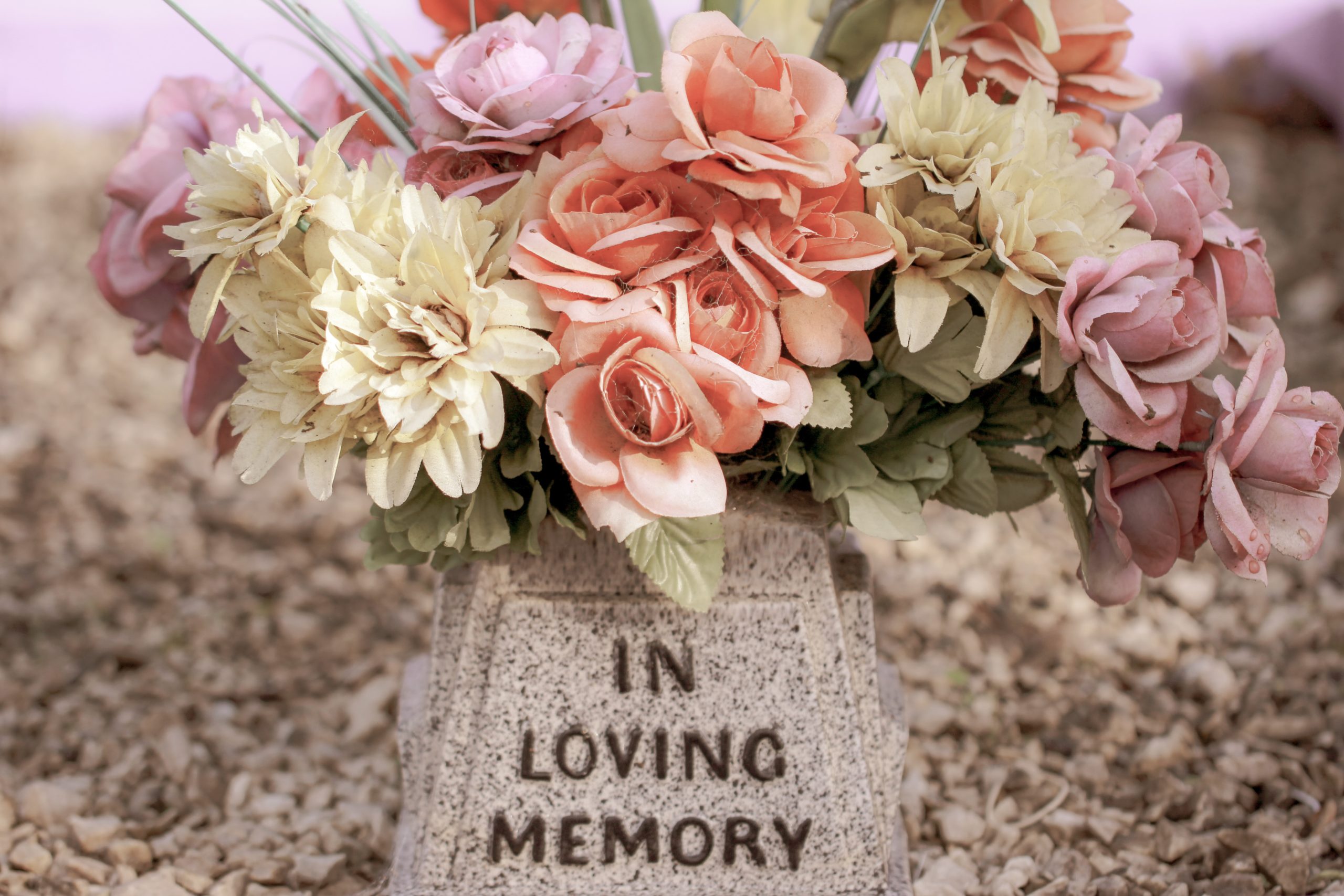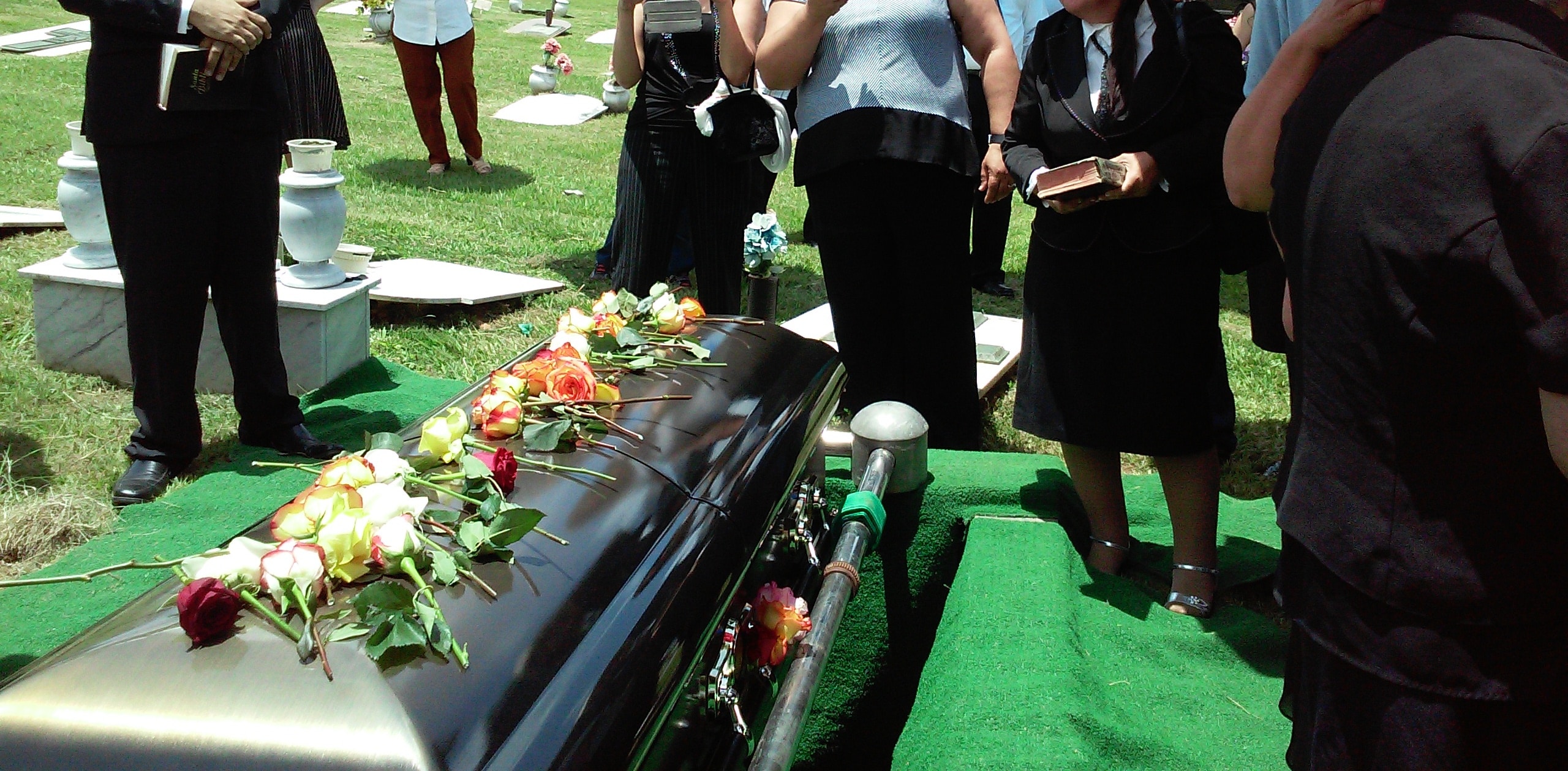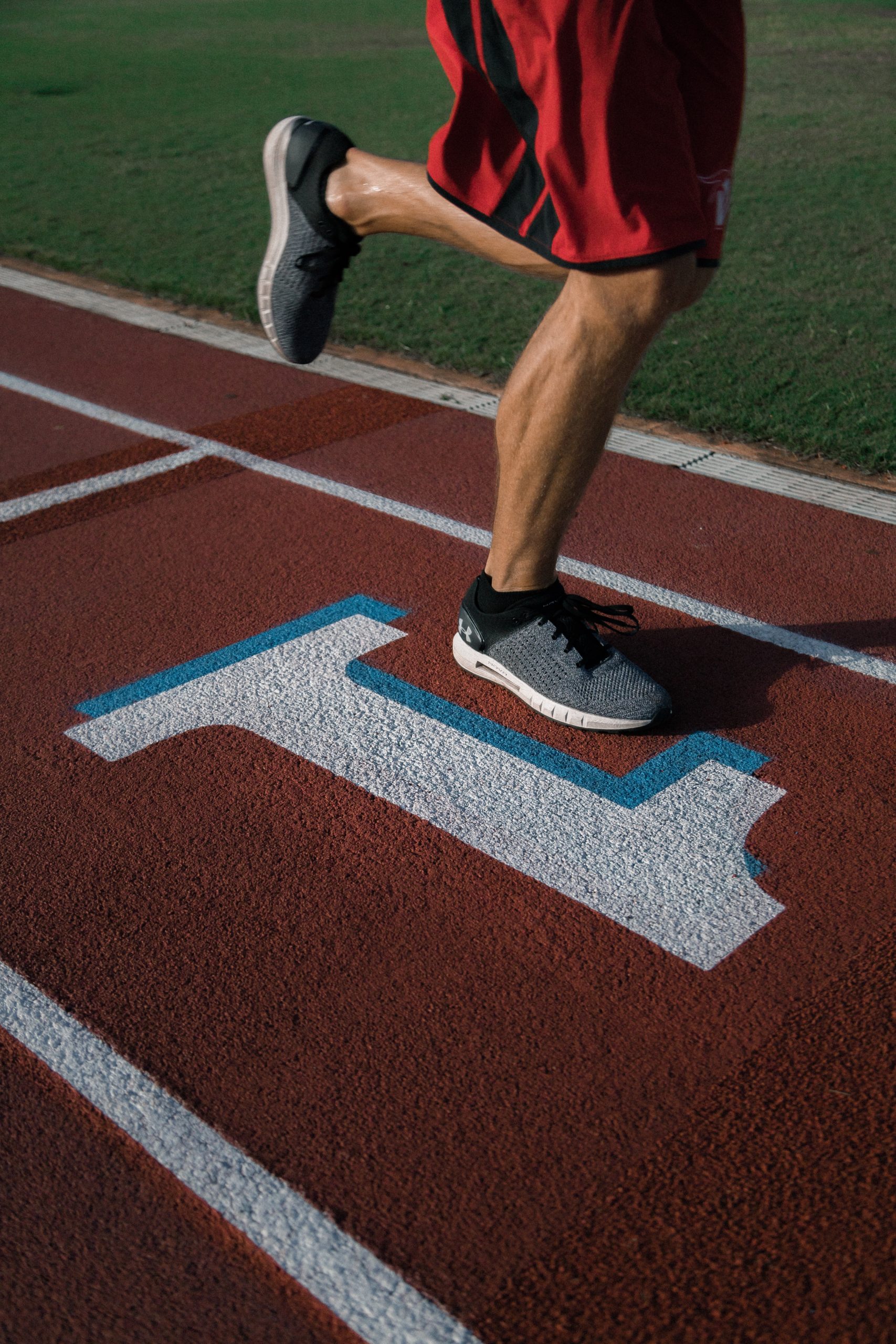Going to the grocery store is just another part of our everyday lives. However, even the most mundane task can quickly become a chaotic experience when slip-and-fall accidents come into play. Such incidents are quite frequent in grocery stores and can result in injuries ranging from minor bruises to more serious harm. Discover the underlying factors behind slip and fall accidents in grocery stores and gain valuable insights on how to effectively address them.
The Slippery Situation of the Grocery Store Environment
Grocery stores can be quite bustling, with numerous factors that may contribute to slip-and-fall accidents. There are several factors that can contribute to this issue:
Spills are a common culprit behind slip-and-fall accidents in grocery stores. These can range from various liquids like water and milk to cleaning solutions or even shattered bottles.
Grocery stores frequently have wet or damp floors near the entrance, particularly when the weather is bad. Be cautious in these wet areas to avoid any potential accidents.
The fresh produce sections are a vital component of every grocery store. Nevertheless, these areas frequently have wet or damp floors due to misting systems, and fallen fruits and vegetables can pose tripping hazards.
Insufficient Signage: Neglecting to display proper caution signs when floors are wet or being cleaned can result in unfortunate accidents.
Watch out for damaged aisles. Uneven flooring, carpets, and protruding objects can be hazardous and lead to accidents.
After experiencing a slip-and-fall incident, it’s crucial to know what steps to take next. Handling the situation properly can make a significant difference in your ability to seek compensation for any injuries or damages. Here are the essential actions you should consider following a slip and fall:
If you’ve had the unfortunate experience of a slip and fall incident in a grocery store, it’s absolutely essential to be aware of the necessary actions to be taken:
Get Medical Help: If you’ve been injured, it’s crucial to seek immediate medical attention. It’s important to remember that certain injuries may not show symptoms immediately, even if you don’t feel significantly injured.
Please provide details about the incident. Please notify the store manager or an employee regarding the incident. It is essential to include the incident in their report.
Gather evidence: If feasible, capture photographs of the location where the incident took place. These can be invaluable evidence for future reference.
Collect contact information from any witnesses to the accident, if there were any. Statements may be required at a later time.
Protect Your Garments: Retain the clothing you had on during the incident as proof in case it becomes soiled or harmed.
Seek Legal Advice: If you’re contemplating legal action, it’s advisable to seek guidance from a personal injury attorney who specializes in slip and fall cases. They have the expertise to assess the validity of your claim and provide expert guidance throughout the process.
Seeking Compensation: Exploring Your Legal Options
Under certain circumstances, grocery stores may bear responsibility for slip and fall incidents. If the store’s negligence, such as not promptly cleaning up spills or providing proper warning signs, contributed to the accident, you could potentially receive compensation for medical expenses, lost wages, and the pain and suffering you’ve endured.
Anyone can experience slip-and-fall accidents in grocery stores. Understanding the typical triggers and taking appropriate action following an incident can safeguard your entitlements and guarantee you obtain essential healthcare and, if relevant, recompense. If you’ve had the unfortunate experience of slipping and falling in a grocery store, it’s crucial to seek guidance from a personal injury attorney who can help you navigate your legal choices. We prioritize your safety and well-being above all else. If you’ve been injured due to the negligence of others, we are here to help you heal and recover.
We are here to help you obtain the settlement you deserve. Reach out to 1-833-DARFOOR.











